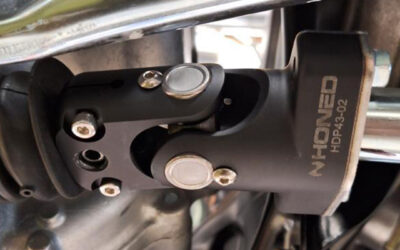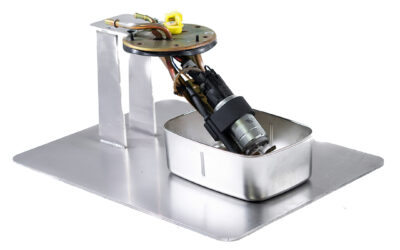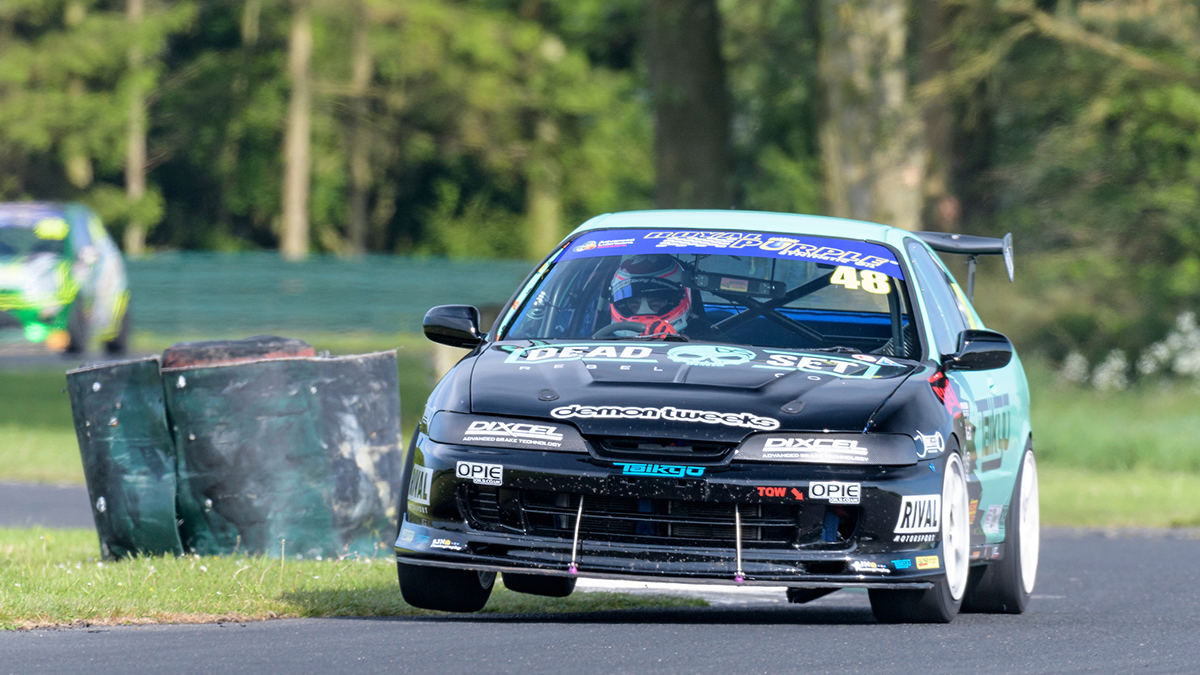
Few topics are as hotly debated as bumpsteer in the Honda online community, there are many misconceptions and pit garage myths. This article covers five of the most common discussion points.

Myth 1: Bumpsteer is when the steering wheel turns itself going over bumps
Bumpsteer, as described like this, is certainly a thing, but most often associated with older vehicles with steering boxes. In cars with a steering rack, anything that affects one front wheel will have an equal and opposite effect on the other front wheel, so the vehicle will not ‘steer’ itself in response to a bump.
What is commonly referred to as bumpsteer by Honda guys should be called toe change, as in “how does the toe angle of the front wheels change with suspension motion”. As such, toe change through the range of suspension travel is what this article will refer to from now on.
If your car is following the ridges and cambers in the road this is called tramlining, not bumpsteer, and solutions for this are different.
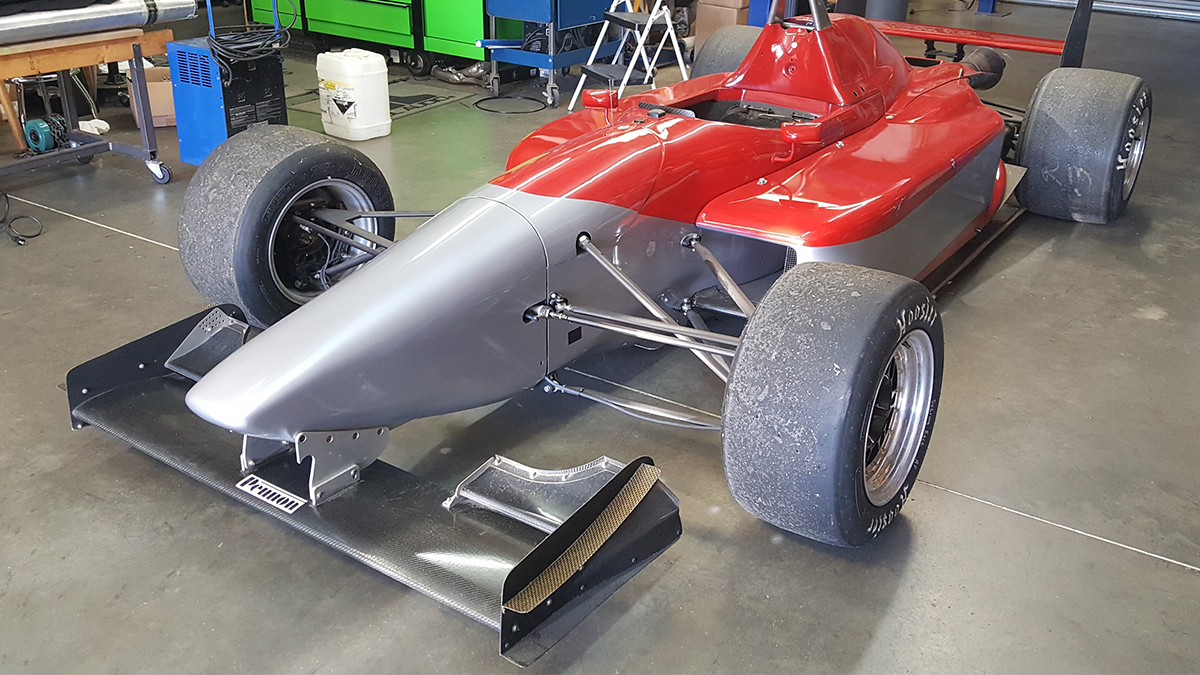
Myth 2: This car has ZERO bumpsteer
In terms of toe change, unless your suspension looks like that of the Ralt single-seater above, where the steering arm is inline with the upper control arm, your car is going to have a non-zero toe curve. And, believe it or not, this is ok – in fact, it can even be desirable!
While toe change through the range of suspension travel can certainly have undesirable effects, it can also be used to your advantage. Conventional wisdom is that front-wheel drive performance cars will run some front toe-out in their static alignment for sharper turn-in, but this does come at the cost of some drag in a straight line and a corresponding tyre wear penalty.
Honed’s Adjustable Tie Rod Kit compensates for the effect on the height of the outer tie rod when the car is set up with high caster settings (greater than 2.5° caster) and, when configured according to Honed’s set up chart, results in a toe curve with a small degree of toe-out under compression. The recommendation is to combine this with a zero toe-out static alignment for the optimal straight line stability and and crisp turn in.
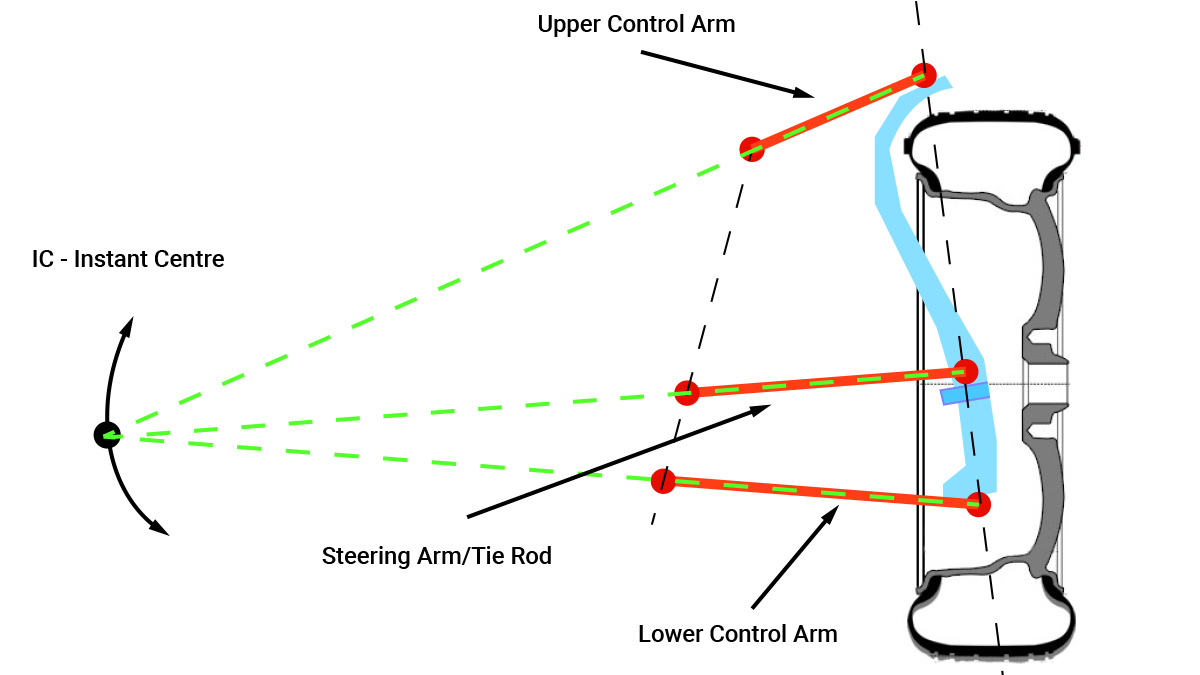
Myth 3: The tie rod needs to be horizontal to reduce bumpsteer
Whether or not the tie rod is horizontal is irrelevant, the key is to have the tie rod pointed at instant centre. Instant centre is a point in space where extrapolated lines from the upper and lower wishbones meet and from these points (one on each side of the vehicle) the roll centre can be determined.
In the example above, a horizontal tie rod would result in the misalignment of the steering arm in relation to the instant centre and excessive toe in or out, either of which will rob you of grip.
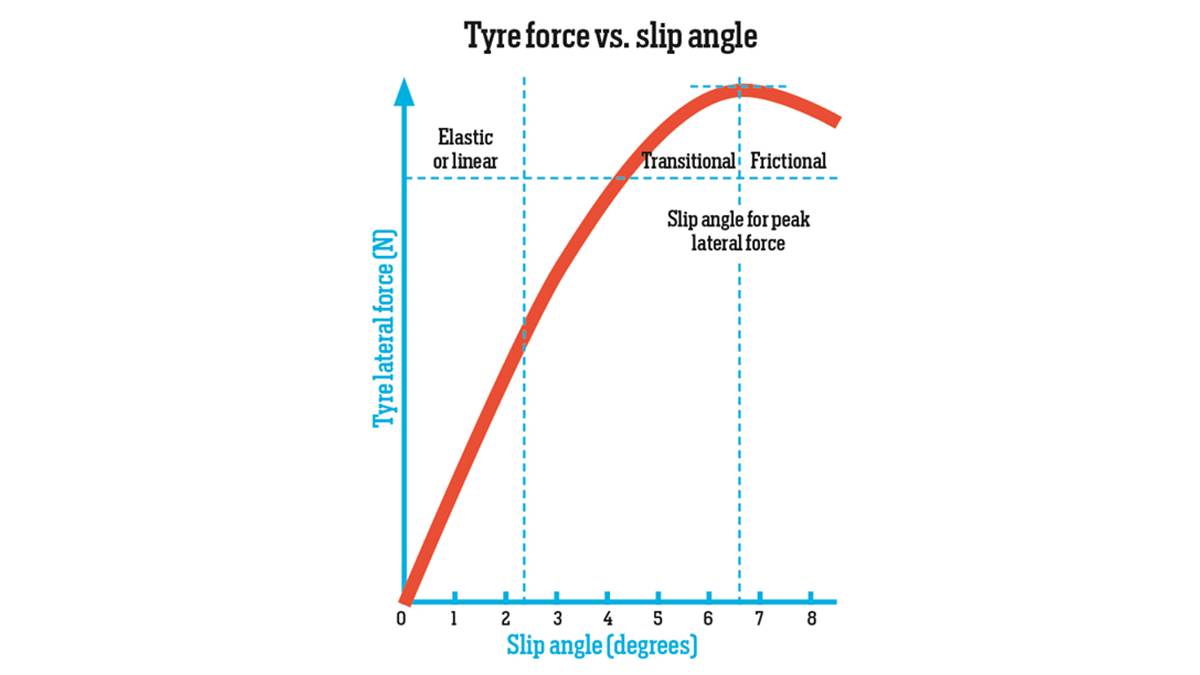
Myth 4: Small amounts of toe don’t make a noticeable difference
Tyres generate their peak lateral force in a very small window of slip angle. For instance, the graph above shows that going from six to seven degrees of slip angle is the difference between driving over or under the limit.
Therefore, in regards to front-wheel drive cars, a toe change of +/- 0.5° will change the tyre’s slip angle and can have a significant effect on its handling.
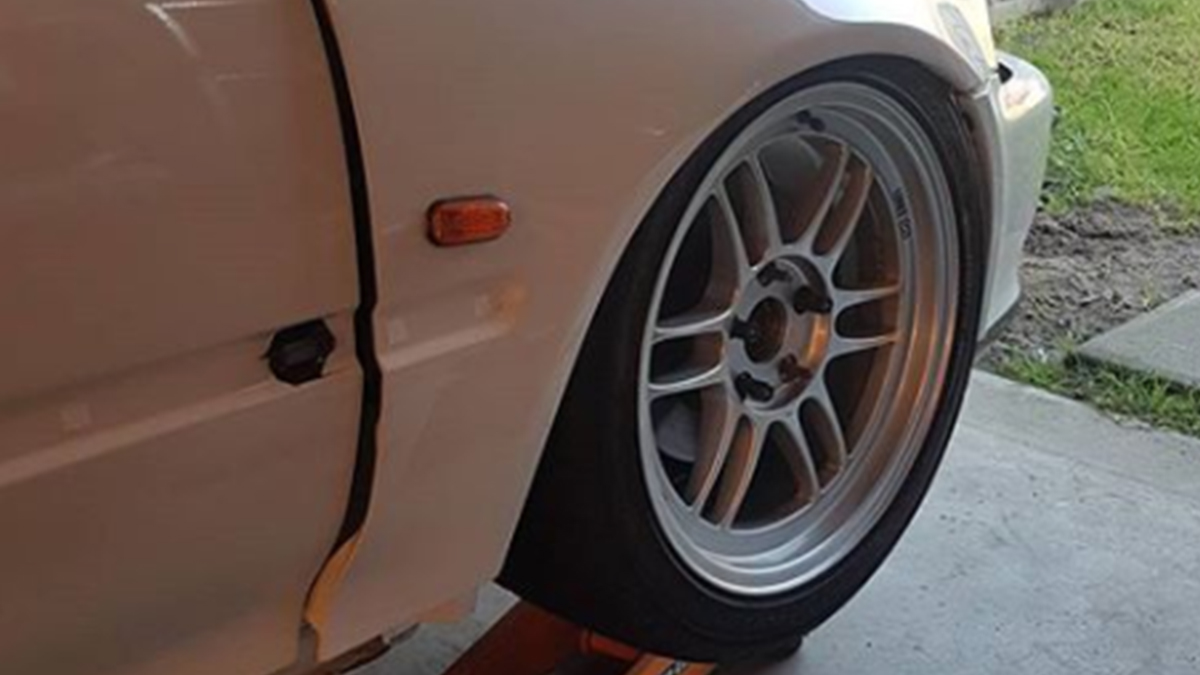
Myth 5: Double wishbone means I can run more camber and castor at a lower ride height
Double wishbone suspension is great, with plenty of advantages over the more typical MacPherson strut, but it can only cope with so much modification before being limited by the OEM tie rod.
This is particularly the case with Hondas and their compromised short-long arm double wishbone setup, rather than the more equal-length setups found in sports cars like the Mazda MX-5 and Honda S2000.
As the roll centre drops vertically when you lower the car, when the suspension is under compression the roll centres can fall below the ground plane. This is why Honed developed its Roll Centre Correction Kits because as good as double wishbone is, it’s not infallible.
RELATED POSTS
Differences between Honda L15a1 and L15a7
Honed’s write up on the differences between L15a1 and L15a7 engines
How To Improve Honda Gear Linkages
An easy way to tighten up tired Honda gearshifts
Solving Honda Fuel Surge
Honed’s anti-surge kit makes solving Honda fuel surge easy


